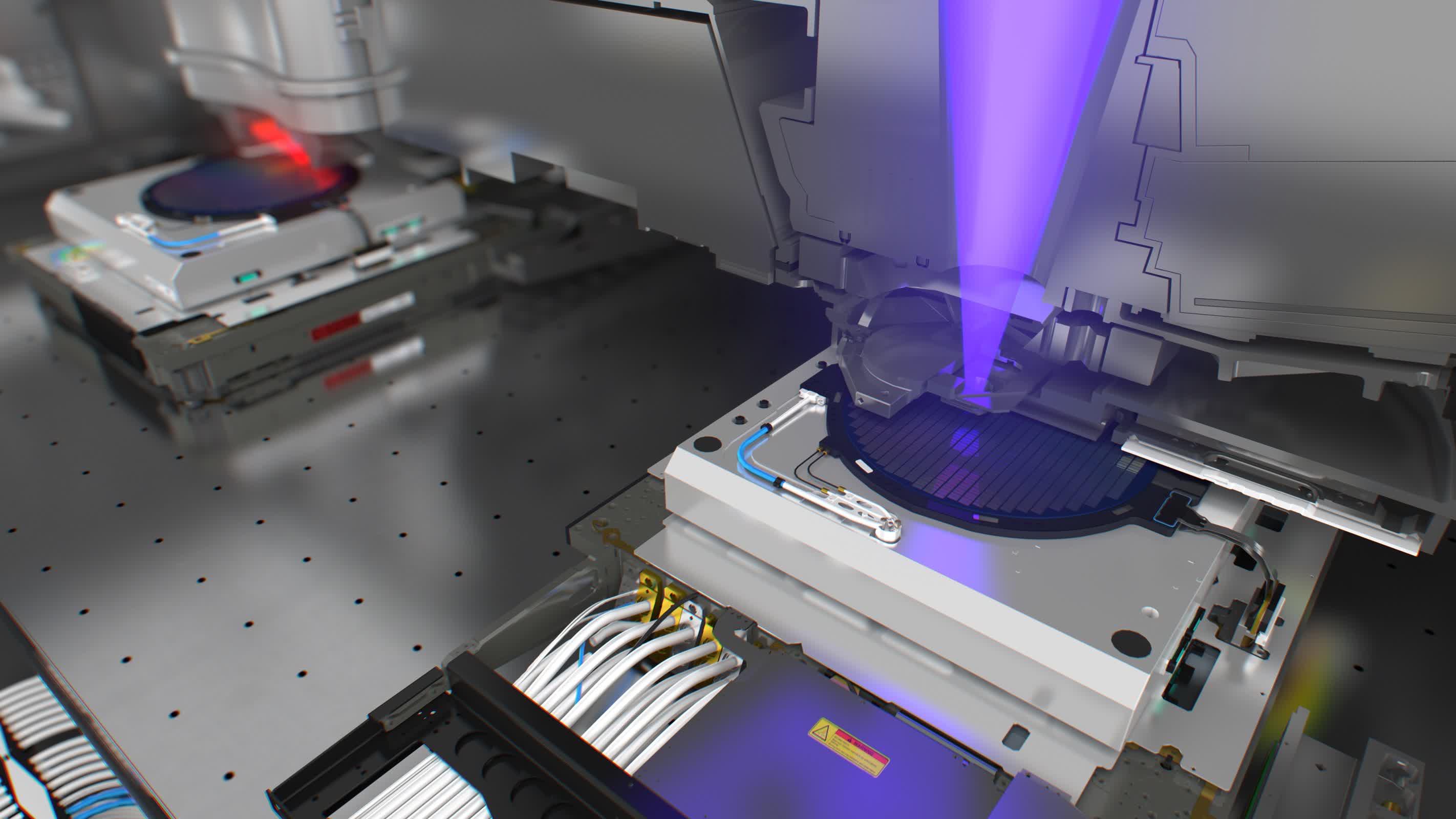
Why it matters: TSMC's investments in EUV and high-NA EUV technologies are poised to shape the future of semiconductor manufacturing. These hefty investments will enable the production of increasingly powerful and efficient chips for a broad range of applications. TSMC was expected to receive its first high numerical aperture (high-NA) extreme ultraviolet (EUV) lithography system, the "EXE:5000," from Dutch manufacturer ASML in September 2024, according to Business Korea.
While media reports vary on the exact delivery date – some suggesting installation at TSMC's Hsinchu R&D center by the end of the year – the precise timeline is less critical than the broader implications. The key takeaway is TSMC's evolving stance on this cutting-edge technology. Initially cautious, the company has now fully embraced high-NA EUV lithography to maintain its leadership in the fiercely competitive chip industry, where demand for AI-oriented ultra-fine processes is rapidly increasing.
Adopting high-NA EUV scanners is pivotal for TSMC's development of sub-2nm processes. These advanced systems increase the numerical aperture from 0.33 to 0.
55, enabling higher resolution and more precise patterning on semiconductor wafers. TSMC plans to incorporate high-NA EUV scanners into its 1.4nm (A14) process, which is scheduled to enter mass production in 2027.
However, these advanced lithography systems will not be immediately operational. Rigorous testing, fine-tuning, and process optimization will be required before they can be integrated into high-volume manufacturing. By the time these systems become fully operational, TSMC is expected to have advanced to its A10 node, representing several technological generations beyond its current capabilities.
This timeline aligns with TSMC's broader roadmap for advancing chip manufacturing processes. During TSMC's Q3 2024 earnings call, CFO Wendell Huang outlined the company's node development schedule. He stated, "We're ramping the N2 in 2026.
There will also be some preparation costs for ramping N2. And as we migrate every leading node, more and more advanced, this preparation cost will become bigger and bigger." Each high-NA EUV system comes with a hefty price tag of approximately $384 million.
Nevertheless, TSMC's technological leadership in high-NA EUV is expected to attract more high-profile customers seeking cutting-edge chip manufacturing capabilities. This could further widen the gap between TSMC and its competitors, particularly Samsung Electronics, which needs to catch up in securing high-NA EUV equipment. TSMC has already built a strong foundation with current EUV technology.
The company's journey with EUV began in earnest in 2019 with the launch of its N7+ process, marking the industry's first commercial EUV lithography process. Since then, TSMC has rapidly expanded its EUV capabilities, with EUV systems growing tenfold between 2019 and 2023. The ASML team gathers outside their global headquarters in Veldhoven, Netherlands, to celebrate the milestone shipment of the first High-NA EUV lithography system, the TWINSCAN EXE:5000.
The company now accounts for 56% of the global EUV installation base. The foundry giant has continued to leverage EUV in subsequent processes, including N5 and N3. Industry estimates indicate that TSMC operated about 10 EUV systems when it launched the N7+ process in 2019.
TSMC acquired 84 EUV systems in 2022 and more than 100 in 2023. TSMC's approach to EUV adoption has been systematic and customer-focused. The company carefully evaluates new technological innovations based on their maturity, cost, and potential customer benefits before integrating them into mass production.
"TSMC plans to bring in high-NA EUV scanners first for R&D to develop the associated infrastructure and patterning solutions needed for customers to fuel innovation," the company told The Register..














